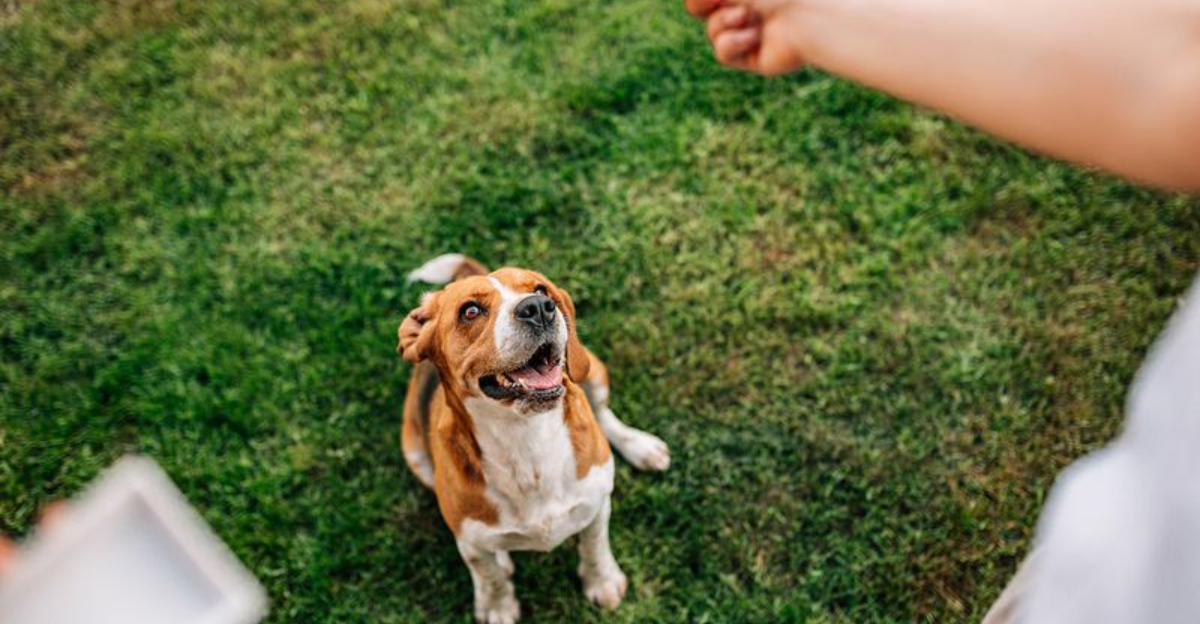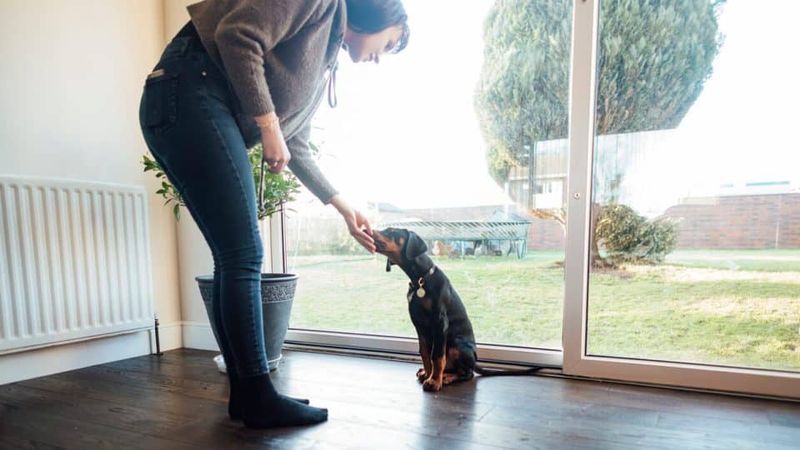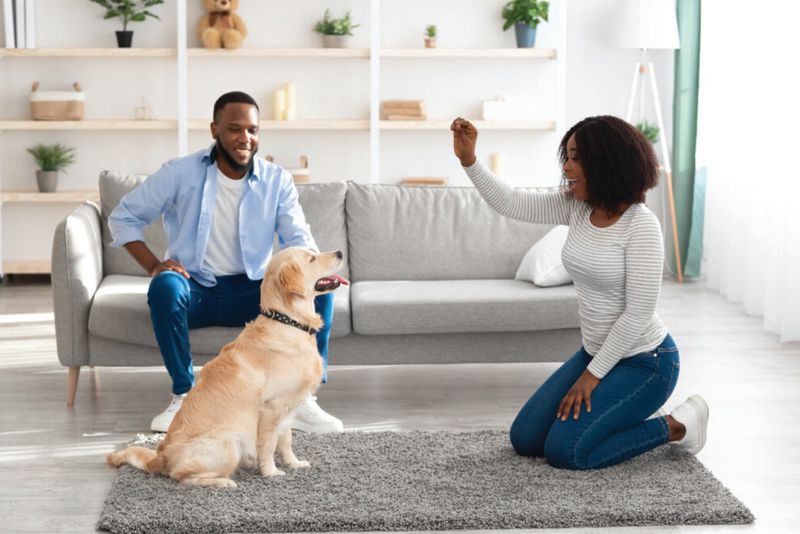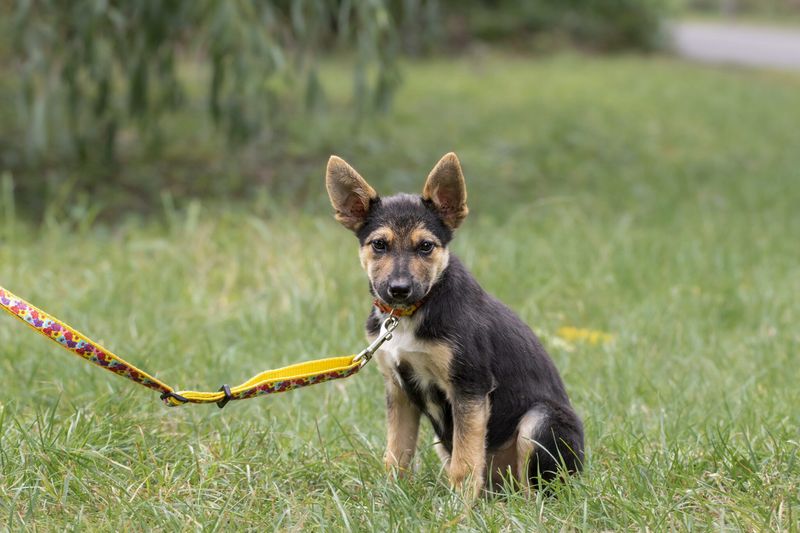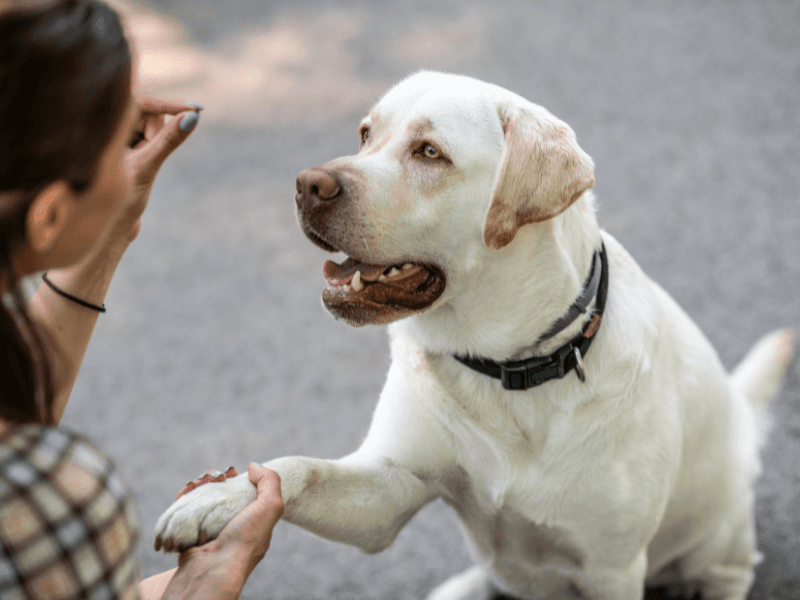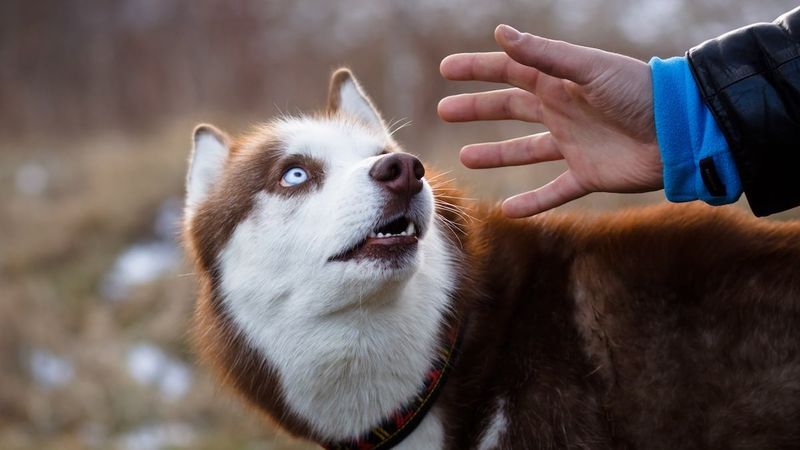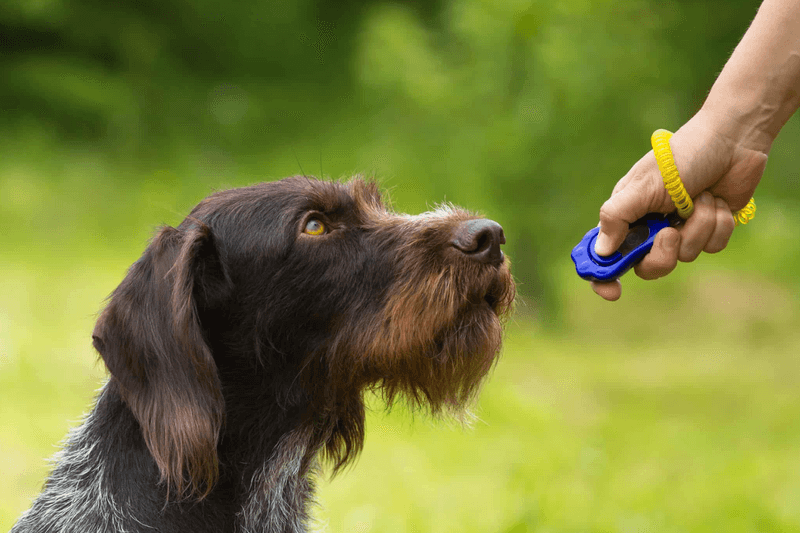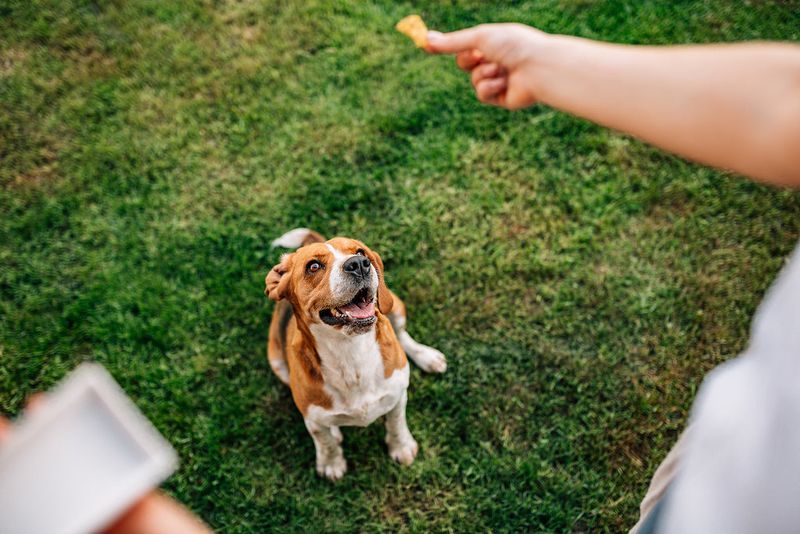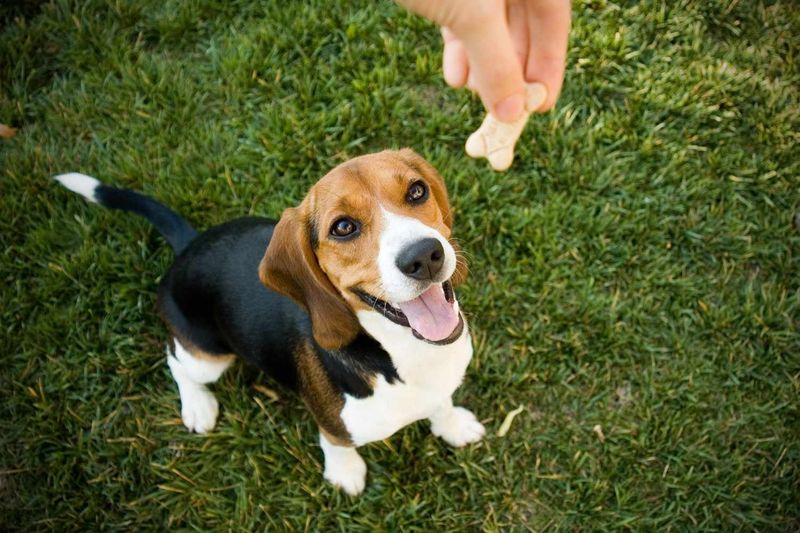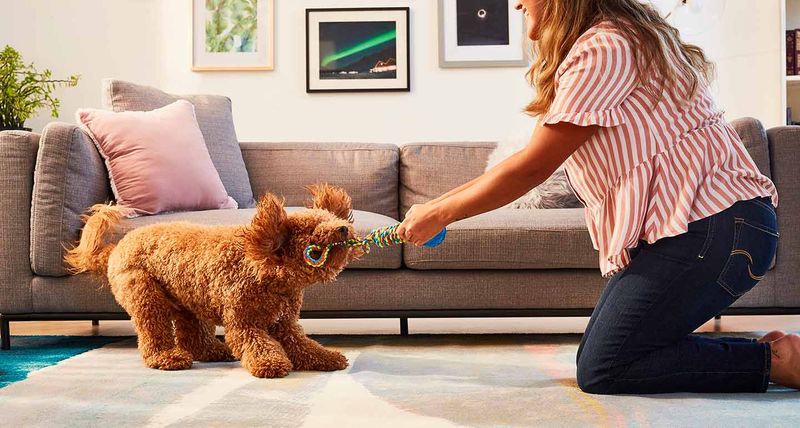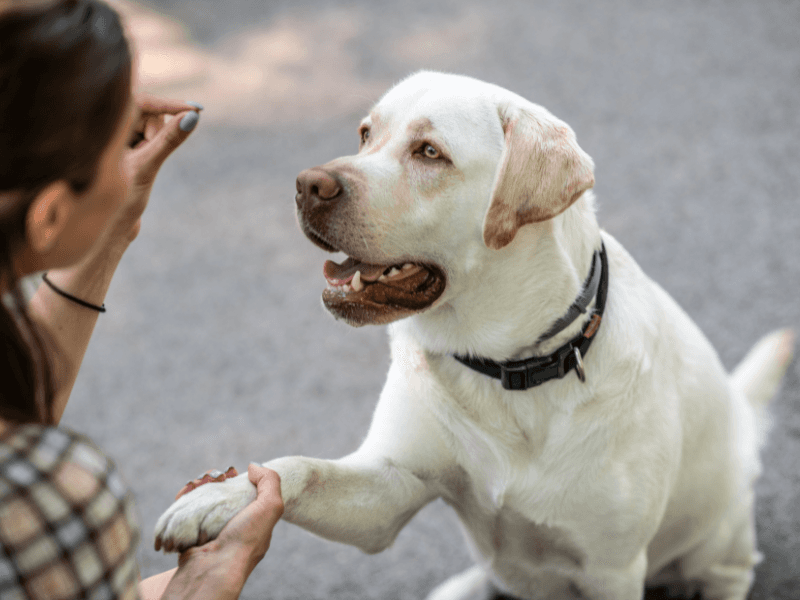Training dogs requires understanding their unique personalities, especially for sensitive dogs. Some methods may inadvertently cause stress or anxiety, rendering them ineffective. This post explores ten commonly used training methods that often fail with sensitive dogs and highlights six approaches that consistently achieve positive results. By recognizing these distinctions, dog owners can better cater to their pet’s emotional needs, fostering a more harmonious and effective training experience.
Harsh Verbal Commands
Harsh verbal commands can leave sensitive dogs feeling anxious and scared. These dogs thrive in environments where positive reinforcement is the norm. A gentle voice goes a long way in helping them learn.
Instead of yelling, consider using softer tones paired with treats to encourage good behavior. This approach builds trust and confidence in sensitive dogs, making training a rewarding experience.
Remember, the goal is to teach, not intimidate. A calm environment nurtures better learning outcomes, creating a strong bond between you and your furry friend.
Physical Corrections
Physical corrections often backfire with sensitive dogs, causing them to feel threatened. These dogs respond best to gentle handling.
Instead of physical corrections, use positive reinforcement techniques that reward good behavior without fear. This method encourages compliance and willingness to learn.
Creating a safe atmosphere where your dog feels secure is crucial. Replace physical corrections with constructive methods that focus on positive behaviors, ensuring a happier and more effective training experience.
Choke Chains
Choke chains can be distressing for sensitive dogs, leading to stress and discomfort. They associate the chain with negative experiences, hampering their willingness to learn.
Choose harnesses or collars designed for comfort and guidance. Training should be a positive journey, free from pain or fear.
Empower your dog by selecting tools that enhance their sense of safety. A comfortable training setup fosters enthusiasm and cooperation, making each session productive and enjoyable.
Isolation Techniques
Isolation techniques can amplify anxiety in sensitive dogs, making them counterproductive. Solitary confinement often leads to feelings of abandonment rather than correction.
Instead, engage sensitive dogs with interactive, reward-based training sessions. This builds trust and keeps them motivated.
Encourage connection and communication, as these are pivotal to successful training. By focusing on positive interactions, sensitive dogs learn more effectively, feeling more secure and valued.
Alpha Rolling
Alpha rolling can terrify sensitive dogs, often resulting in fear rather than respect. This outdated method fails to recognize the emotional needs of sensitive dogs.
Instead, approach training with empathy and understanding, using respect-based methods that build trust without force.
Focus on collaboration rather than dominance. When dogs feel safe and respected, they are more likely to respond positively, making training a harmonious experience for both owner and pet.
Shock Collars
Shock collars can instill fear and confusion in sensitive dogs, impairing their ability to learn. The negative association with shocks can overshadow any training benefits.
Opt for positive reinforcement strategies, using treats and praise to guide behavior without fear. This creates a constructive learning environment.
Avoid equipment that could harm your dog’s emotional well-being. Happy and secure dogs are more receptive to training, leading to better results without unnecessary stress.
Loud Noise Training
Loud noise training can overwhelm sensitive dogs, making them anxious and distracted. The chaos created by noise distracts from the learning process.
Use calm and quiet surroundings to help sensitive dogs focus. Gentle cues and rewards are more effective in maintaining their attention.
Creating a serene training environment is key. Sensitive dogs thrive where they feel safe and undisturbed, allowing them to absorb lessons more efficiently.
Forced Socialization
Forced socialization can be distressing for sensitive dogs, leading to anxiety and fear. They may become overwhelmed by unfamiliar dogs and environments.
Gradual exposure and controlled interactions are essential in easing sensitive dogs into social settings. Allow them to approach new experiences at their own pace.
Patience and understanding are vital. Ensuring your dog feels comfortable and secure encourages positive social behaviors without stress or fear.
Dominance-Based Methods
Dominance-based methods can confuse and scare sensitive dogs, undermining trust. These dogs require patience and a gentle approach.
Replace dominance with cooperation, using positive reinforcement to encourage good behavior. This fosters a collaborative learning environment.
Building a relationship based on mutual respect and understanding leads to more effective training. Sensitive dogs respond best when they feel valued and understood, making training enjoyable and fruitful.
Negative Reinforcement
Negative reinforcement can make sensitive dogs anxious, hindering their learning. These dogs flourish with positive feedback and encouragement.
Shift focus from punishment to rewarding positive actions, creating a nurturing training atmosphere. Recognize and celebrate small victories to boost confidence.
Sensitivity requires a gentle touch. By embracing positive reinforcement, you build a strong foundation for learning, ensuring your dog feels secure and motivated.
Clicker Training
Clicker training is a fantastic method for sensitive dogs, providing clear communication and positive reinforcement. The sound of the clicker signals good behavior, creating a rewarding experience.
Sensitive dogs enjoy the clarity and consistency this method offers, leading to enthusiastic participation. It’s a fun and engaging way to train.
Embrace the power of the click! By associating the sound with positive outcomes, sensitive dogs quickly learn and thrive in a supportive environment.
Treat-Based Training
Treat-based training is highly effective for sensitive dogs, as it rewards positive behavior with delicious incentives. This method encourages eagerness and focus.
Sensitive dogs respond well to the anticipation of treats, making training sessions enjoyable and productive. It’s a tasty way to learn.
Harness the allure of treats! By pairing treats with desired behaviors, sensitive dogs learn quickly, associating training with positive experiences and tasty rewards.
Gentle Leash Training
Gentle leash training benefits sensitive dogs, providing guidance without force. This method emphasizes patience and positive reinforcement.
Sensitive dogs appreciate the calm and steady pace, leading to a more relaxed and enjoyable walk. It’s a stress-free way to improve leash manners.
Embrace the gentle approach. By guiding with kindness, sensitive dogs learn to walk confidently and comfortably, turning walks into a delightful experience for both owner and pet.
Positive Reinforcement
Positive reinforcement works wonders for sensitive dogs, promoting learning through praise and rewards. This method builds confidence and eagerness to learn.
Sensitive dogs thrive in environments where good behavior is consistently rewarded. It’s an uplifting and effective approach to training.
Celebrate achievements! By focusing on the positive, sensitive dogs grow more confident, creating a joyful and successful training journey.
Interactive Play
Interactive play is a delightful training method for sensitive dogs, combining exercise with learning. This approach encourages engagement and enthusiasm.
Sensitive dogs benefit from the playful interaction, building trust and reinforcing commands in a fun and dynamic way. It’s an energetic path to learning.
Make training fun! By integrating play into training, sensitive dogs enjoy the process, developing skills while having a great time with their owner.
Calm Consistency
Calm consistency is key to training sensitive dogs, providing stability and predictability. This method builds trust through regular, gentle routines.
Sensitive dogs find comfort in routines, allowing them to learn at their own pace. It’s a soothing and reliable training approach.
Establish a rhythm! By maintaining a calm and consistent schedule, sensitive dogs feel secure and eager to learn, ensuring a positive and effective training experience.
